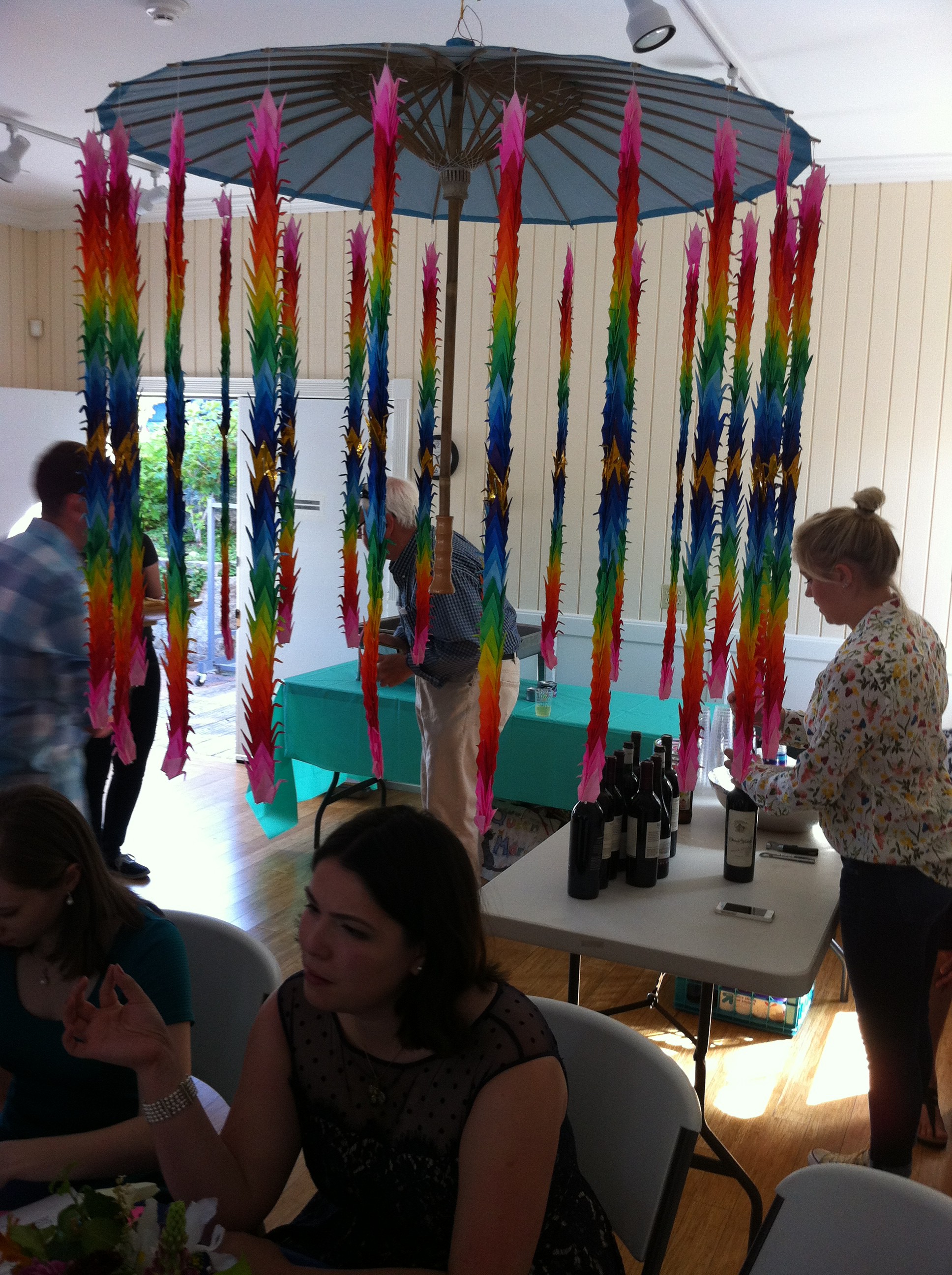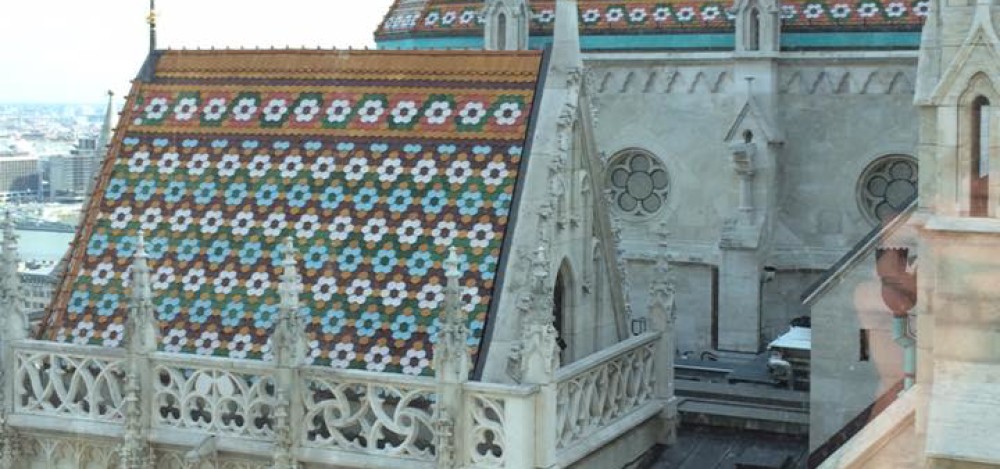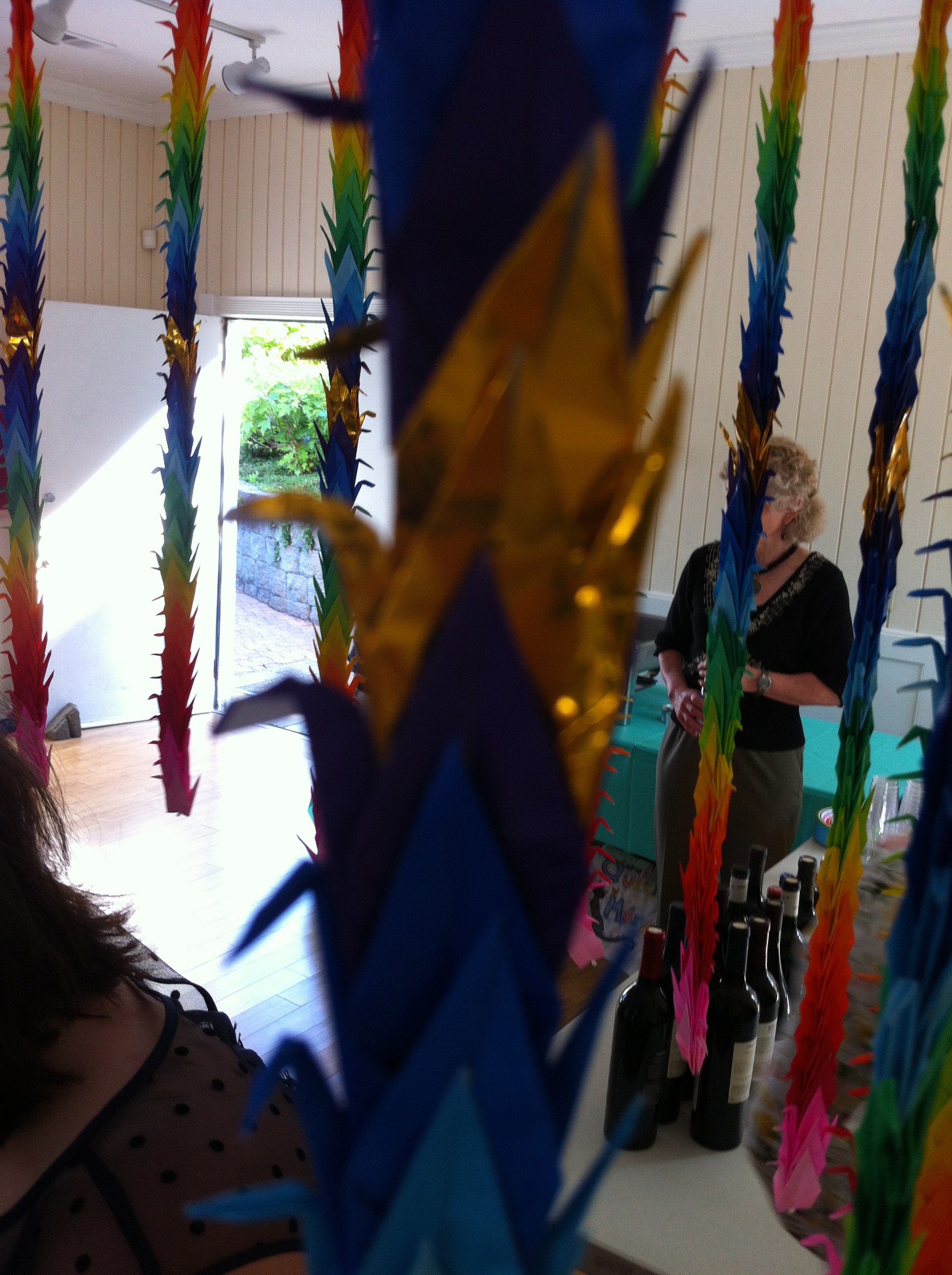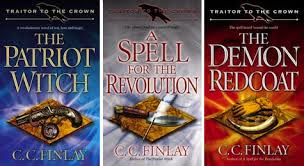
My niece sitting beneath the umbrella adorned with 1,000 paper cranes at her wedding rehearsal dinner.
I was thrilled and honored to attend the recent wedding of my niece in Seattle. As part of the festivities, she and her husband-to-be had folded 1,000 origami cranes to display at the rehearsal dinner and wedding reception.
Why 1,000 origami paper cranes? An ancient Japanese legend promises that anyone who folds a thousand origami cranes will be granted a wish by a crane. Some stories believe you are granted eternal good luck, instead of just one wish, such as long life or recovery from illness or injury. This makes them popular gifts for special friends and family. The crane in Japan is one of the mystical or holy creatures (others include the dragon and the tortoise) and is said to live for a thousand years: That is why 1000 cranes are made, one for each year. In some stories it is believed that the 1000 cranes must be completed within one year and they must all be made by the person who is to make the wish at the end. Cranes that are made by that person and given away to another aren’t included: All cranes must be kept by the person wishing at the end.
Although the thousand paper cranes are traditionally given as a wedding gift by the father, who is wishing a thousand years of happiness and prosperity upon the couple, in this case my niece and her husband made the cranes themselves (in alignment with the custom that the cranes must be made by the person receiving the wish). Cranes can also be given to a new baby for long life and good luck. Hanging them in one’s home is thought to be a powerfully lucky and benevolent charm.
A hearty “Congratulations!” to Mary and Erik and may the 1,000 cranes bring all the prosperity and good fortune any couple could hope to receive!


